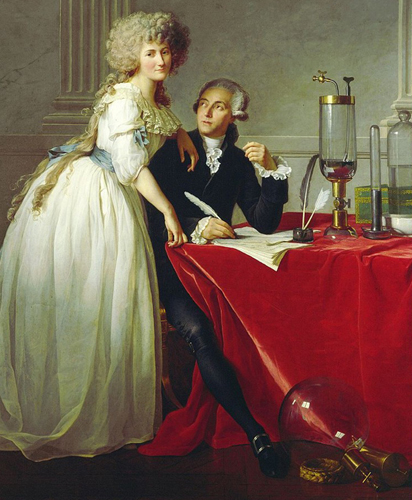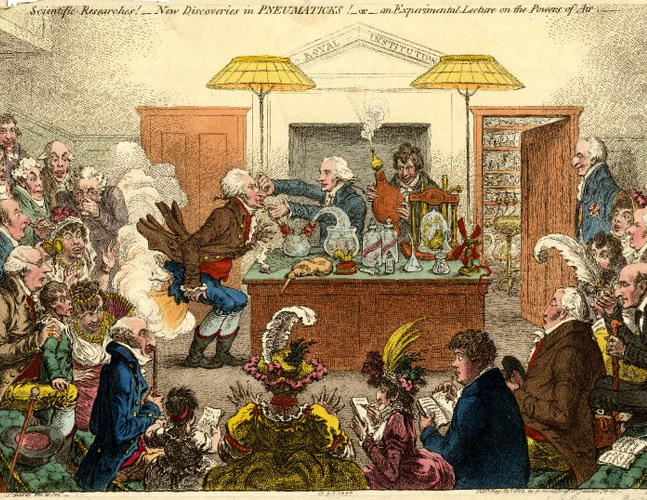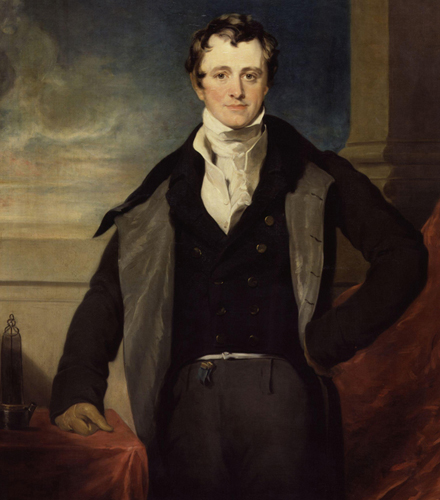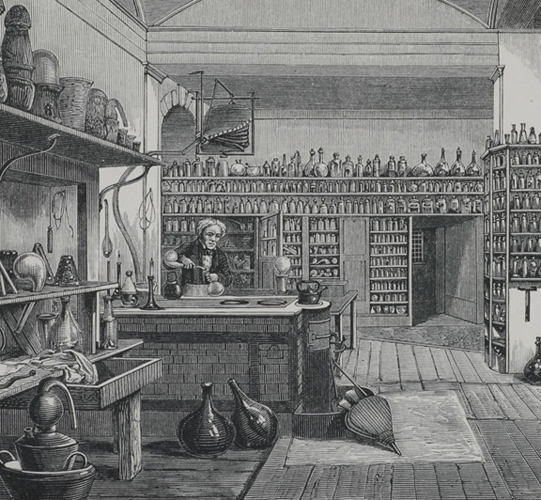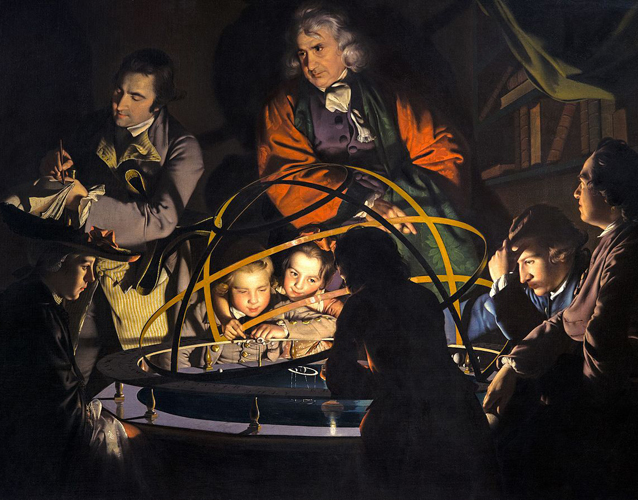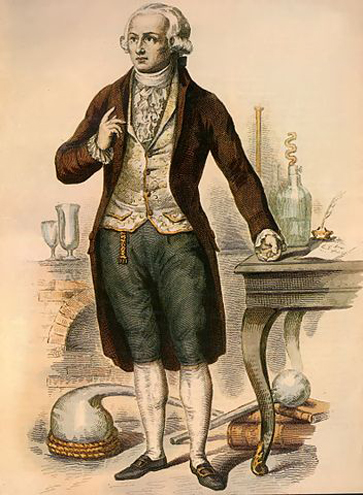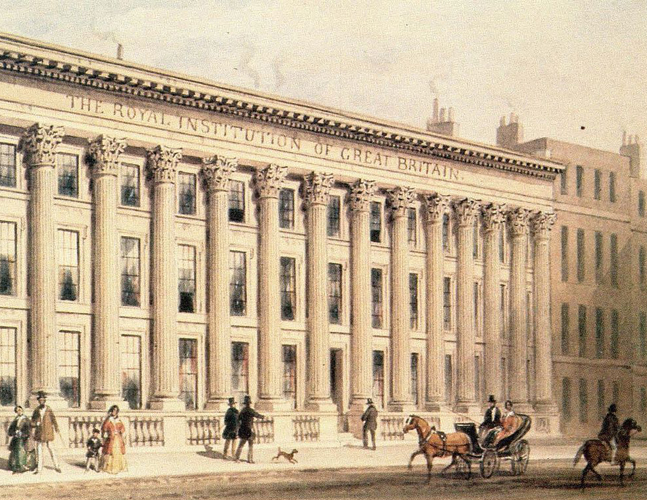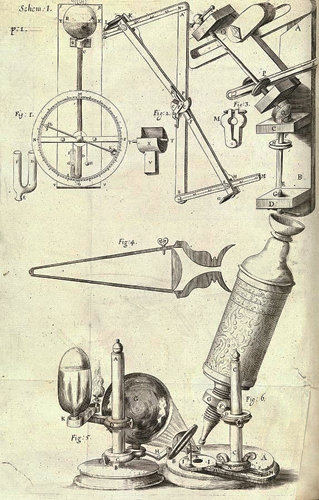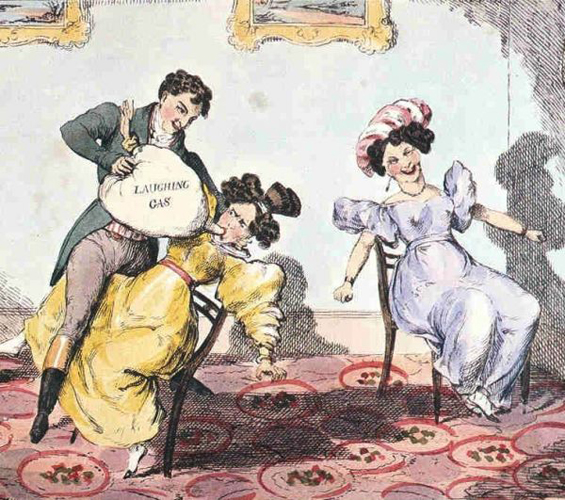Regency Science
I confess, given that my academic expertise in science ended in 9th grade biology class (you know, the one with formaldehyde, dead frogs and very sharp knifes!) it might strike you as rather strange that science plays a big role in the plots of my Regency-set Wrexford & Sloane mystery series. Allow me to explain . . .
I have an art background, which may seem like the polar opposite from the world of laboratories, microscopes and bubbling chemicals. I thought the same thing until I read The Age of Wonder by Richard Holmes a few years ago. In it, he talks about how during the Regency era, the artists and scientists all thought of themselves as kindred souls. For them, exploration and discovery in any discipline required imagination and creative thinking. Painters, poets, chemists, astronomers—they all shared a passion for pushing themselves to think outside the box.
Hmmm, I thought . . . these are just the same qualities required to unravel diabolical mysteries. So it suddenly struck me that having a scientist and an artist could be a really fun combination. In the Earl of Wrexford and Charlotte Sloane, I’ve sought to create two lead characters who embody the intellectual curiosity—and gritty courage—of the times. They are opposites: a brooding aristocrat whose extraordinary mind runs on the rational new principles of scientific inquiry, paired with a struggling artist whose innate cleverness and intuition are the keys to her survival. Forced to work together, Wrexford and Charlotte find they make a formidable team, despite their differences. (Ah, but as science tells us, opposites often attract!)
To create Wrexford required research of course, and I found it absolutely fascinating to delve into the history of science during the Regency. Like in our own times, new discoveries and new technology were radically changing society—it was both a source of wonder . . . and terror. (I think we can all relate to the feeling of being a little frightened by the speed of the upheavals in daily life.) As is always the case for me, it’s not simply the innovations that interest me, but the people behind them. From a writer’s POV, it’s the characters who make the history come alive. I can’t begin to cover all the amazing people (you’ll hear more on science in future blogs) but here are two thumbnail sketches of two leading scientists of the era.
First of all, I’m cheating a little and starting with the Georgian era because Antoine Lavoisier, the great French chemist, was a catalyst for the modern scientific revolution. Considered the father of modern chemistry, as well as an influential thinker in biology, he was the first man to isolate oxygen (he came up with its name) and the first to explain its role in combustion. He also pioneered a number of fundamental discoveries—the fact that matter may change forms but always remained the same—and stressed the concepts of empirical observation as key to the scientific method.
Lavoiser also used science for the public good. He worked on getting fresh water, and hygiene, was key in establishing the metric system, and served on committees to reform social ills. Alas, as a member of the aristocracy he came under attack during the French Revolution. He was sent to the guillotine in 1794—the judge said “”The Republic has no need of scientists or chemists.” (This is not a political blog, so I shall refrain from comment . . . however France soon lamented the decision to execute a man of such genius.)
In England, the star of Regency science was the charismatic Cornishman, Humphry Davy. A poet as well as a man of science, Davy first rose to prominence studying gases at The Pneumatic Institution (He experimented on himself and suggested using laughing gas as a minor anesthetic for operations, which was ignored until way later) He then was invited to be a lecturer at the Royal Institution, and took the town by storm!
An entertaining speaker, he made the public scientific lectures huge popular with the beau monde. (Ladies were known to send billet doux to his private office—often wrapped in silky undergarments—inviting him to give them private tutorials.) He made scientists (I use the word, even though it wasn’t coined until 1834 by William Whewell) the hot celebrities of the day—the equivalent of rock stars! (The satirical cartoon by Gillray at the top of the blog shows Davy lecturing at the RI—and illustrates how he was a household name.)
But Davy wasn’t just all show! He was a brilliant man of science, and his achievements in chemistry (he isolated a number of basic elements) and early research into electro-magnetism after Alexander Volta’s invention of the voltaic pile was fundamental in the development of electricity. He also invented the safety lamp for mining, which saved countless lives.

